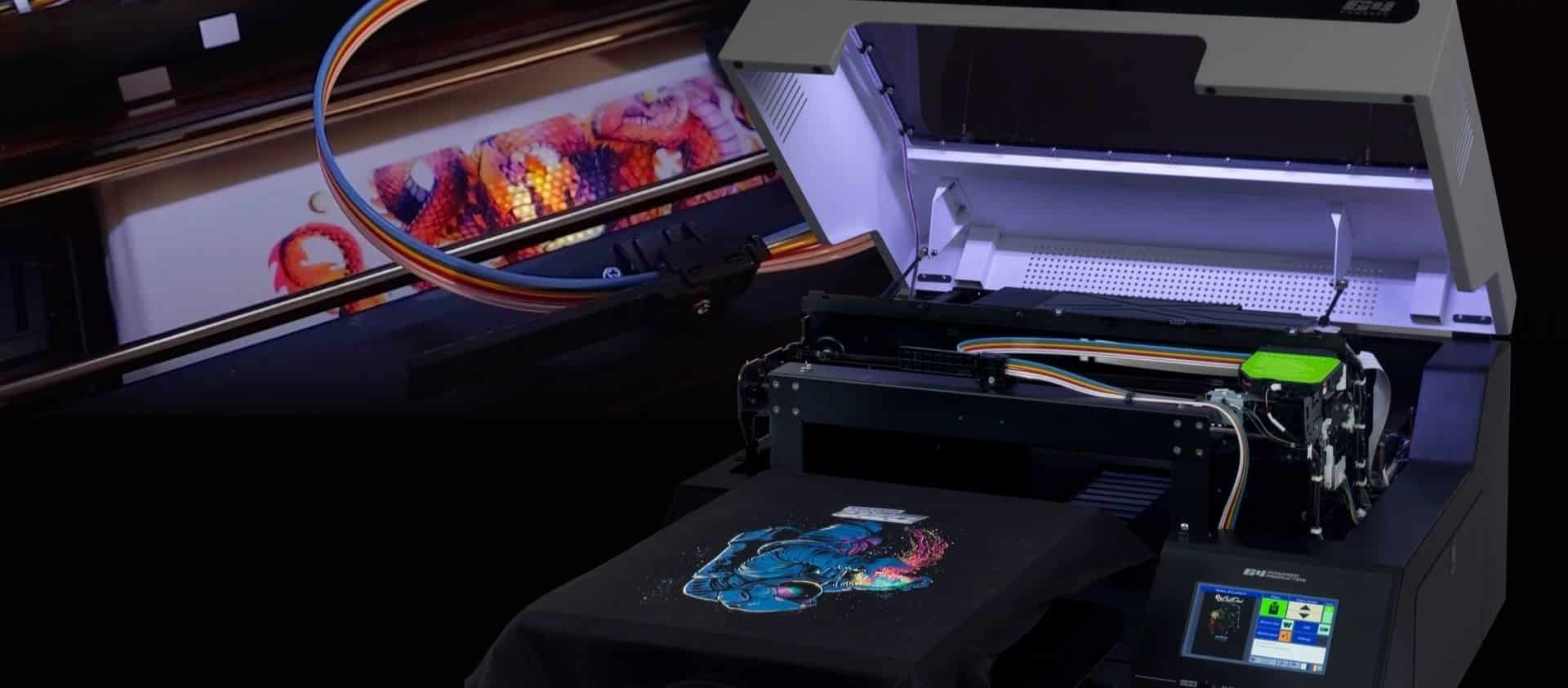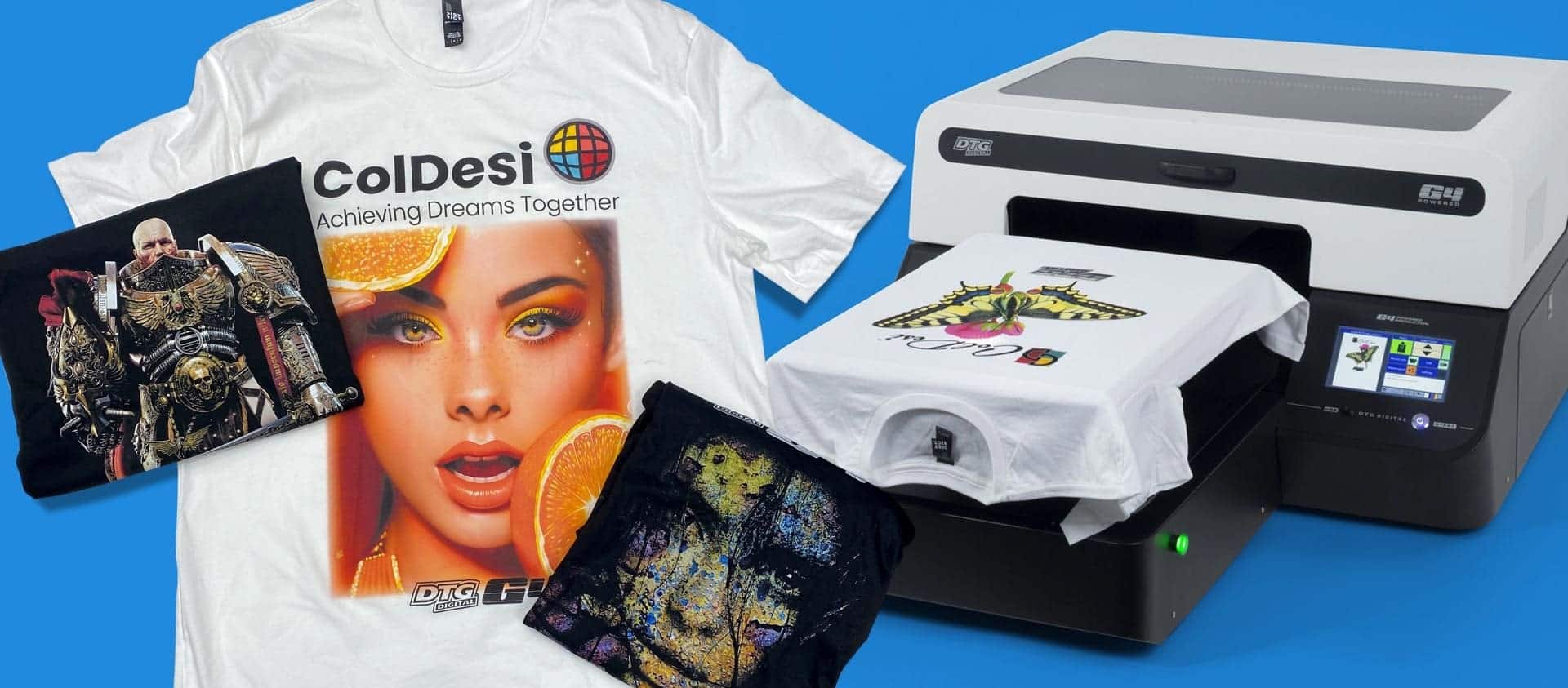Here, we’ve put together a Rock Star panel of apparel industry experts to review some of the most popular shirts and show you how to choose the best quality plain t-shirts for the long run.
Being Your Own Boss
Getting your own DTG – Direct to Garment system lets you bring your creative vision to life and make money while doing it. It gives you the freedom to be your own boss and control your success.
But there are so many variables to control.
– Which Equipment to buy?
– Who’s going to back you up?
– What’s the BEST way to create your designs?
– And…. What are the best plain t-shirts to Use?
Here we’ve done the work for you by printing the SAME DESIGN on the most popular plain t-shirts and judging each shirt for:
• Durability • Texture • Overall Quality • Colorfastness • Adhesion • Overall Feel • Look of the Design
Meet Our All-Star Panel of Apparel Industry Experts

Dawn Bogle – Sales Consultant
Dawn has been with ColDesi for four years as one of the top sales consultants at the company.
You may have seen her in some of the company webinars, or in one of her excellent live online demonstrations.
She has a great eye for quality products, and always takes care of her customers FIRST!

Alex Duran – Sales Manager

Don Copeland – Product Manager / Compress UV
Don is a pioneer in the decorated apparel industry.Serving as product manager for the DTG brand. He recommended and oversaw the introduction of Direct to Garment machines to the industry back in 2004.
Don brings 27 years’ worth of digital printing experience to the DTG and Compress brands.

Darla Grimes – Receptionist
Darla is the voice and heart of the company.
She’s not only a friendly and extremely knowledgeable first point of contact, but she has tons of practical experience built up over years of helping customers.
She’s an absolute advocate for the ColDesi’s outreach programs and prepares the samples. She has extensive hands-on experience and brings a sharp eye to the panel.

Allen Gripton – Customer Support Specialist
Allen has an extensive background in quality control.
He’s worked in the industry as an operator, technician, trainer, and machine support person since 1996.
He has lots of hands-on experience getting apparel equipment back up and running correctly. He is an expert in rhinestone systems and solves problems every day with his vast experience out in the field.

Heath Schumacher – Customer Support Specialist
You may have seen Heath in many of the industry related Youtube videos. He’s the top dog when it comes to troubleshooting direct-to-garment printers and making customers happy.
Like Allen, he consistently gets great reviews from customers, and he’s “Been working either for my family’s business or otherwise in the industry since I was nine years old.”

Albert Langevin – Service Specialist
Al is a technical master when it comes to DTG mechanics and specifically refurbishing trade-ins.
Al and his lovely wife have extensive experience in the industry, having owned equipment in their own business for many years.
Al is also the last point of quality control for outgoing direct to garment machines. A huge asset to the team and a true expert.
Meet the Shirts We Selected to Choose the Best T-Shirts
When printing with a DTG, Direct to Garment Printer, the more consistent texture you have in the shirt, the better the transfer will look. Typically, you’ll want to buy from among the best t-shirts with no less than 50-60% cotton. This works well for both dtg and other forms of imprinting.
However, best results, steer your customers towards 100% cotton of the ring spun variety. They work best. Ring-Spun cotton usually is tighter than other weaves and allows the ink more surface to hold to the garment.
For our testing, we selected both white and dark (black) shirts. We chose artwork that best represents a typical print you’ll run into on a day to day basis.
Here’s a rundown of the shirts we tested:
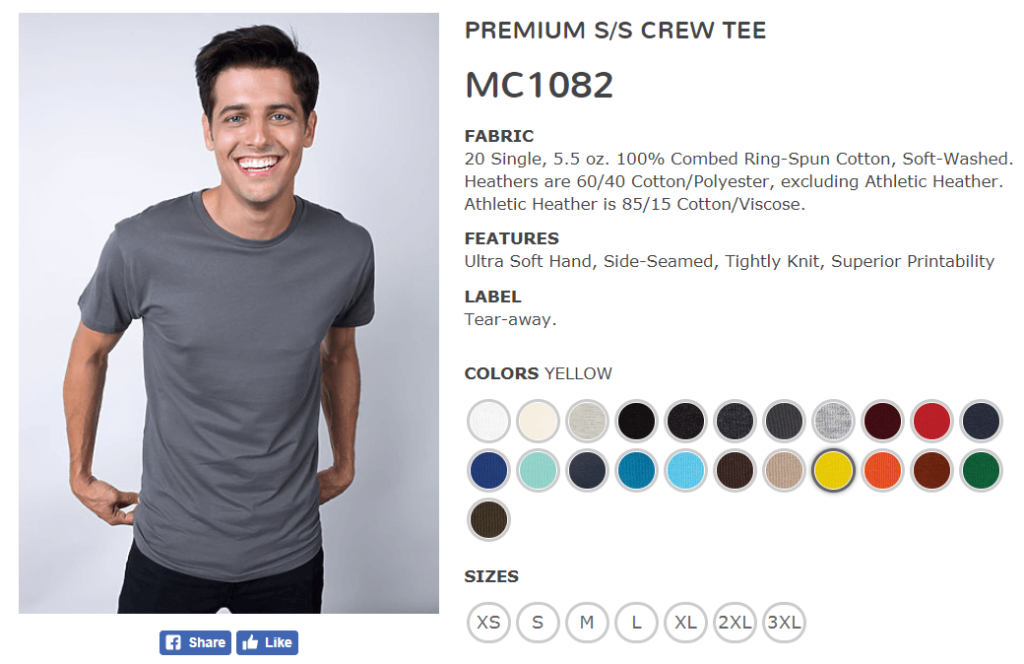
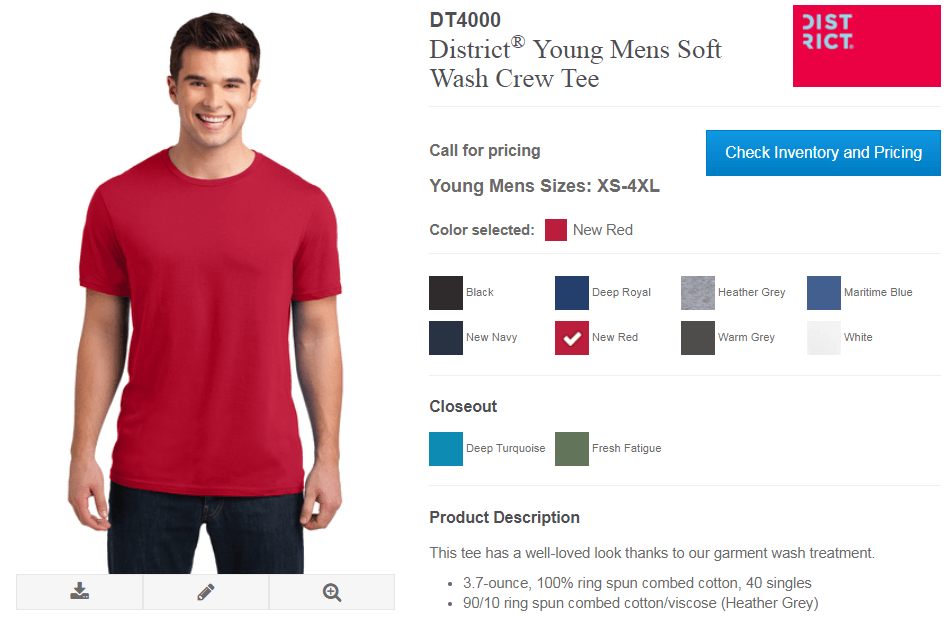
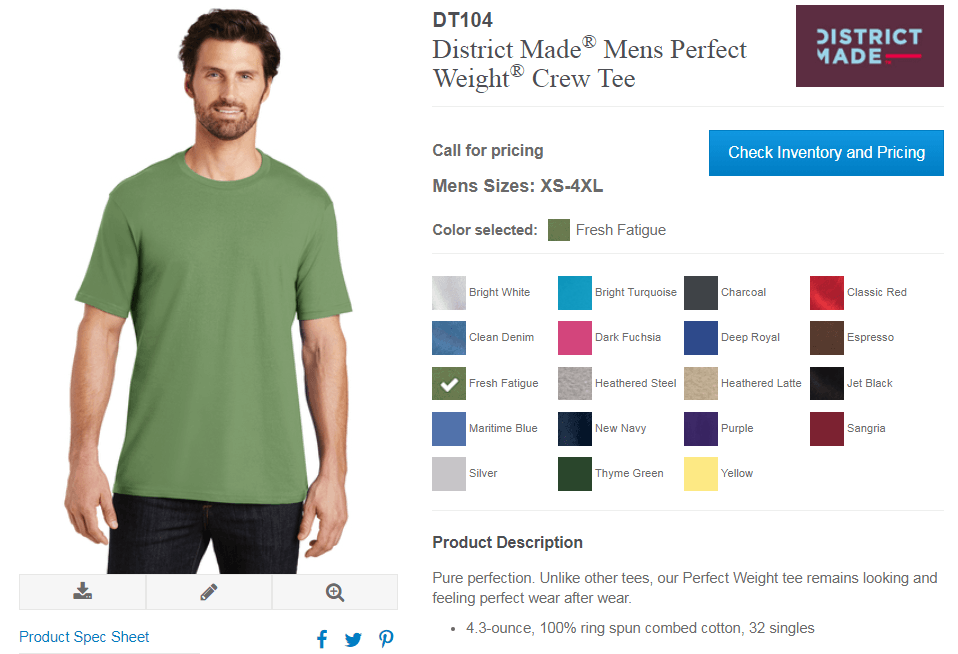
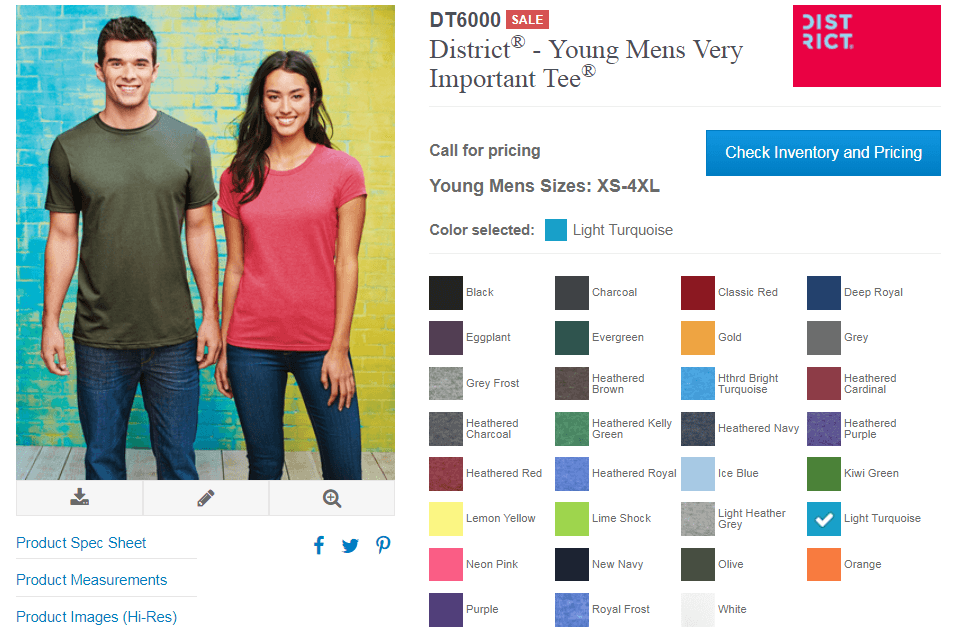
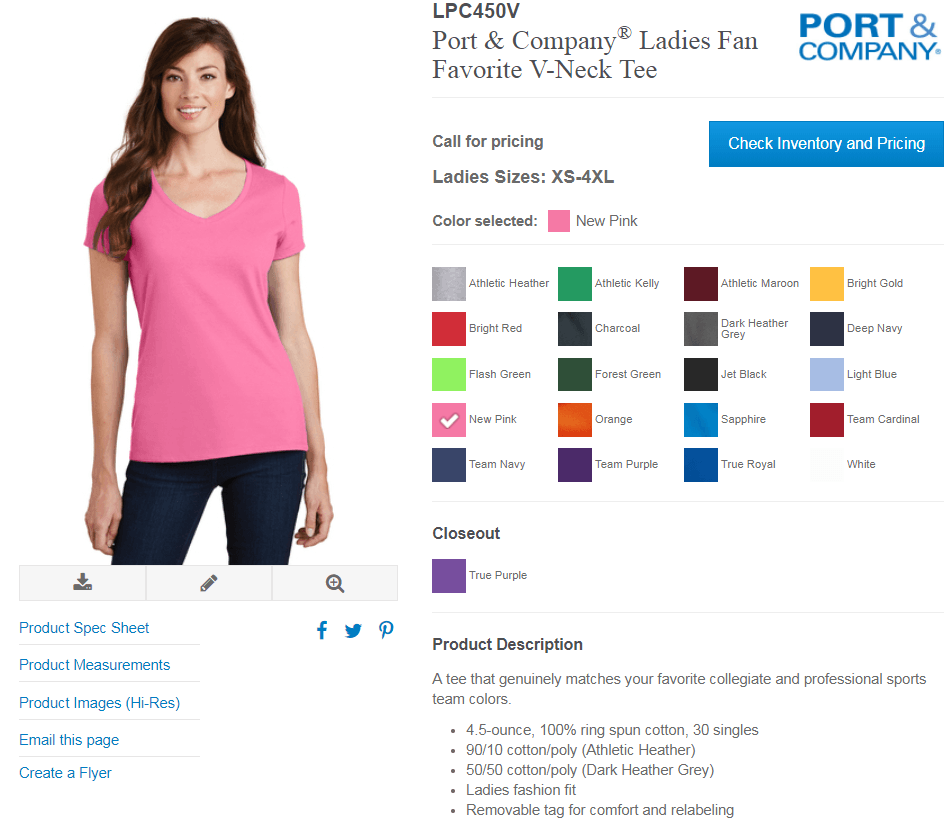
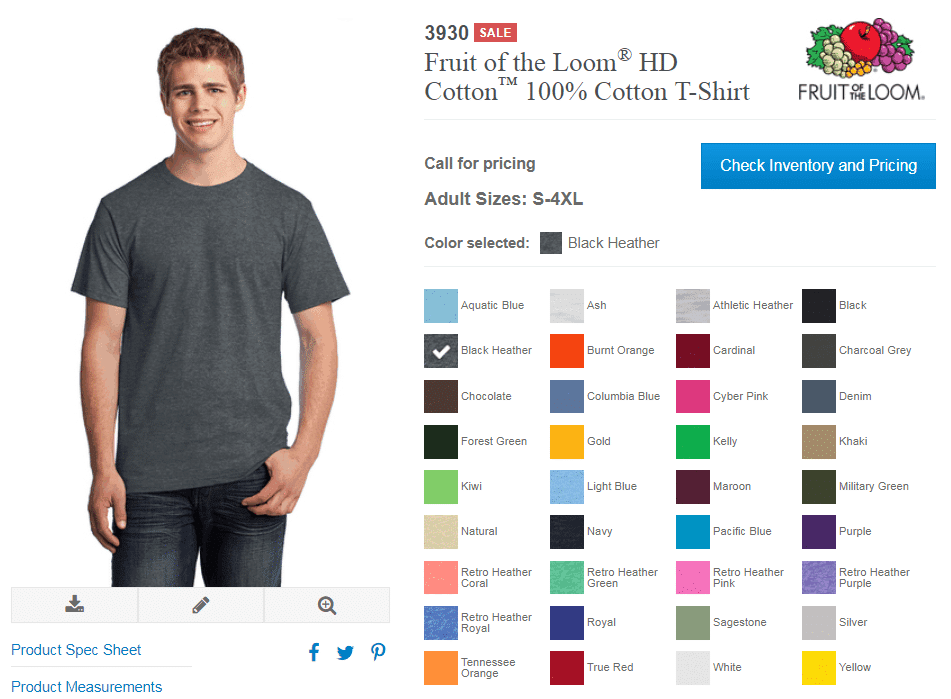

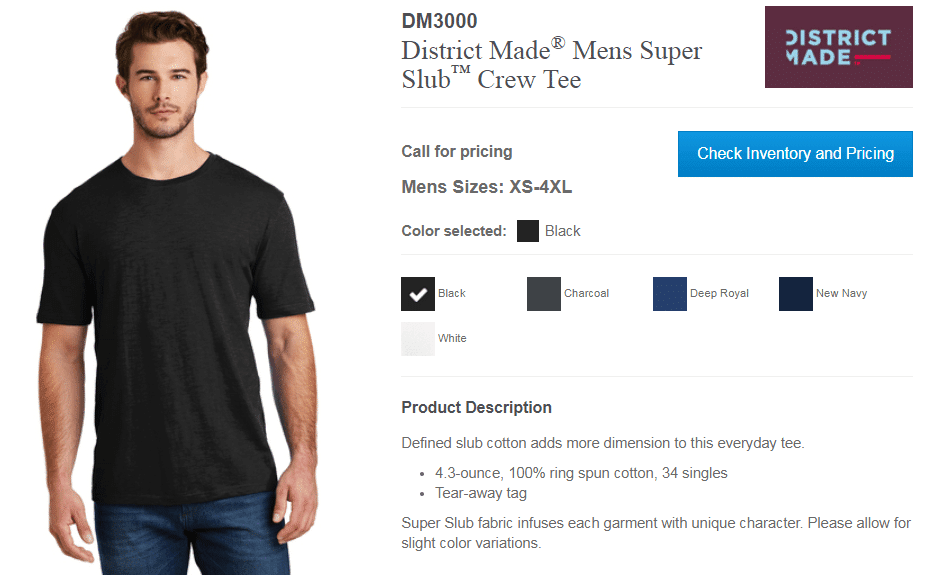

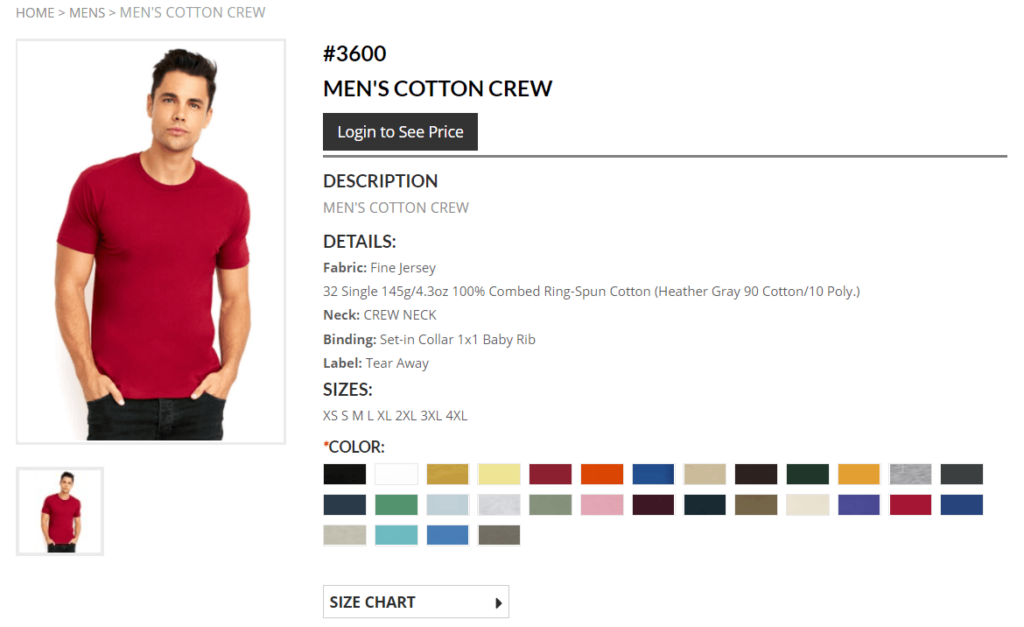
More About Fabrics
You can buy shirts in a variety of weaves and materials. There’s everything from cotton plain t-shirts, linen, and rayon to polyesters, tri-blends, and spandex.
In addition to the types of best t-shirts we’ve tested here, you’ll want to make sure to investigate some of the other materials yourself. In the end, it will depend on what your customer wants. There are lots of popular articles describing market trends, for instance women’s t-shirts trends, etc.
By sticking with the recommendations, you should get excellent results. Make sure to follow the equipment procedures for maintenance and proper prep to match the results we achieved.
Material Types When Choosing The Best T-Shirts
LYCRA
These fabrics allow the body to move with ease and are very lightweight and comfortable to wear. It would be very rare to see a t-shirt made entirely of Lycra. However, it’s often used in the best t-shirt blends in small percentages.
These properties also allow it to resist wrinkles and to stretch and bend more easily.
POLYESTER
Polyester dries quickly and is used for top dollar brands like Underarmor, Nike, and Addidas.
LINEN
It is made from the flax plant and has a slightly rough texture with a weave that dries quickly. It has a great ability to keep your customers fresh and has natural moisture-wicking properties.
You’ll typically wear linen in the summertime. But keep in mind that the thinness of the fabric means it will wrinkle often. You will want to keep an iron handy.
BLENDS
To give a plain t-shirt numerous benefits while also decreasing disadvantages like wrinkles and shrinkage, the best t-shirts manufacturers have developed blends made from two or three materials.
RAYON
Its surface also allows it to drape smoothly. However, Rayon is often too delicate to stand up to repeated wear, and it can become wrinkled and pilly over time.
TRI-BLEND
It has a medium softness and often can present with unique textures and properties you cannot get from any other blend.
Typical uses include fitness, athletic, day to day comfort, stretch, and sleepwear. Tri-blends are often 50% polyester, 25% cotton, and 25% rayon.
Cotton Is King of Custom T-Shirts
Cotton is a classic choice. It’s natural, soft, breathable, affordable, and accessible to get wholesale from the leading manufacturers such as SanMar. Be prepared, however; there’s not just one type of cotton.
Pima and Supima are high-quality kinds of cotton with extra-long fibers that resist pilling and stretching; like all the best t-shirts, they tend to feel better the more you wear them.
Cotton & Polyester blends are one of the more common cotton types. It is breathable and cool while remaining durable and wrinkle-free.
Another prime choice is Cotton & Polyester & Rayon, which has the benefits of the previous blend as well as the draping ability of rayon. If you’re looking for a high-end wearable t-shirt, a tri-blend will likely feel and wear the best. However, beware, the lack of high cotton content makes them harder to print.
The Downside of Cotton
Cotton has one significant downside which can cause you lots of headaches if not planned for. It shrinks.
And, this shrinking can cause the fabric to put too much stress on the DTG design.
When printing with DTG, you’ll want to find the best t-shirts that have been pre-washed if possible. Otherwise, you will need to make sure you make your design a little smaller and with a little less ink so that it will not shrink and crack.
You can often reduce the temperature of your washing machine and dryer or air dry your cotton clothing to help mitigate shrinkage. Cotton will also wrinkle, so fold your t-shirt immediately after drying to prevent unsightly lines and folds. And, if your DTG shirts need names or numbers, you may want to consider a vinyl cutter to add to your shop.
Our Key Washing Points:
• Wash inside out
• Keep darks and lights separate
• Do not use bleach
• Gentle Wash Cycle
• Used Normal Detergent
• NO Fabric Softeners
• Slow Spin Cycle – Tumble Dry Low, or Hang Dry
How We Did the Washing
Washing inside-out will prevent other potentially scratchy garments from rubbing the finish off your designs. It helps make sure your shirts will last as long as possible.
How the shirt looks when it comes from your supplier is only half the picture. Whenever you are testing a new product to see if it’s going to be a recommended candidate for you to sell (with printing), you’ll want to make sure to wash test it.
We did the washing according to DTG service department instructions. One of the key points here is to make sure that you wash the best t-shirts for DTG, INSIDE OUT.
“Decorated shirts should be washed inside out using the gentle cycle and NO fabric softener. Most degradation of the transfer (if any) happens in the spin cycle of the wash and the gentle/delicate cycle has the slowest spin speed.” “Fabric softener is a no go for any applied decoration as it interferes with how that decoration adheres to the fabric. The drying instructions should say tumble dry low or hang dry.”
Kati Bitter – Product Trainer

For Darks: DT104 District Made Men’s Medium Weight Crew is the Winner
PC450 (Port & Company) and DT4000 (District) Comes in a Close Second
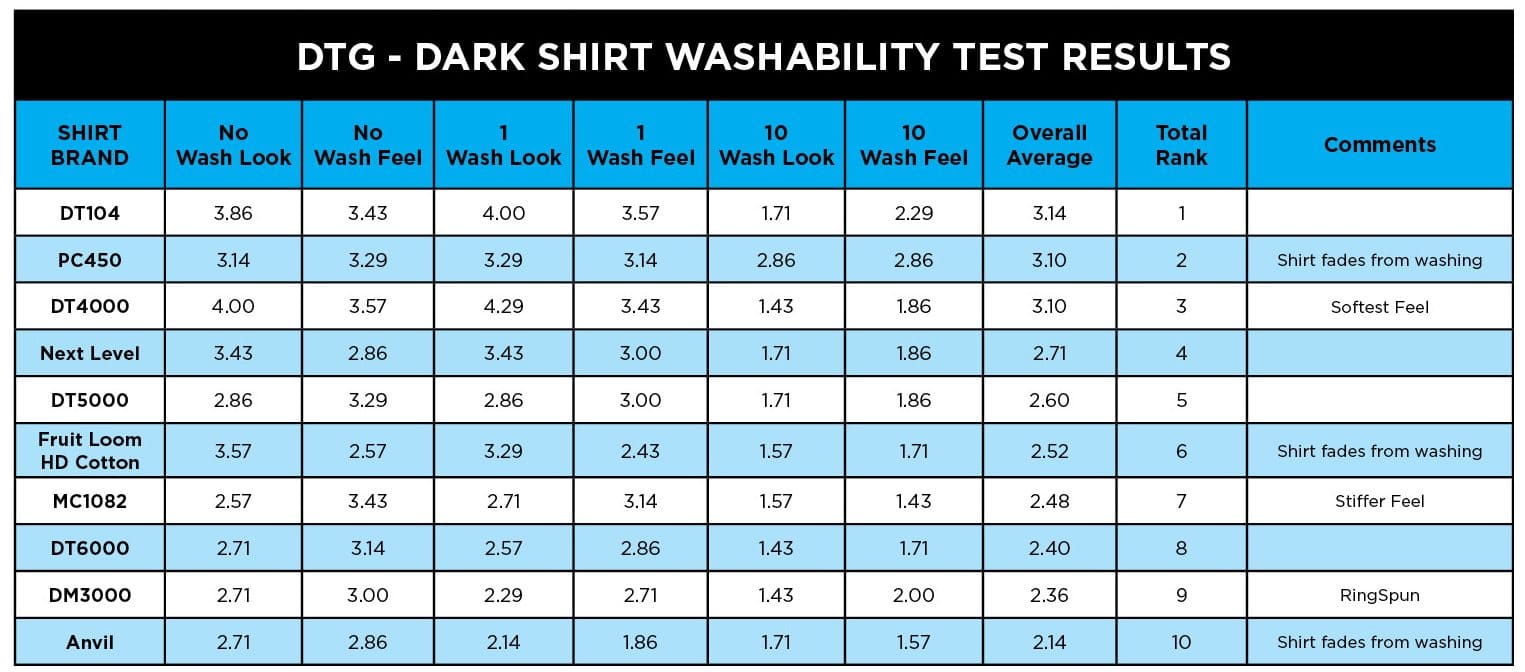
We put these best t-shirts through rigorous testing, and the results are somewhat expected. The old adage that you get what you pay for is true when it comes to picking shirts for DTG. The shirts that performed the best over time were the ones that cost more.
Some of them looked great, at first but had individual quirks or problems that showed up in wash testing.
From our results, you can see that the DT104 was the overall winner with the Port & Company PC450 and District DT4000 coming in nearly tied for second place (averaged over all washes).
Notice also that within the same brand, you can have some shirts that perform well on darks while other models in the line have some problems. Remembering that texture, weave, the number of rings in ringspun materials and other factors play a part in how well the fabric holds up.


For Lights: DT4000 District Young Men’s Soft Wash Crew Also Wins Overall
DT104 (District Threads) Comes in a Close Second

Overall, the DT4000 had the best results for both Look and Feel. The 100% ringspun cotton, high ring count, and medium 4.3 ounce weight was the best blend for making fantastic looking DTG prints which hold up well and last after many washes.
In time, even the best t-shirts wear some, but the results stand.

Last Thoughts – Match the T-Shirt to The Customer
Keep in mind that your results will be somewhat subjective. Even the Best T-Shirts can be a very personal choice for some customers.
You may have a customer who is absolutely convinced that the least expensive shirt is also the most elegant. Some clients will be extremely picky of the feel of even the best t-shirts.
You need to balance the overall results you can achieve with your DTG system against the wishes and desires of the customer. Make sure you are consistently learning new techniques and tricks to improve your results all around.



